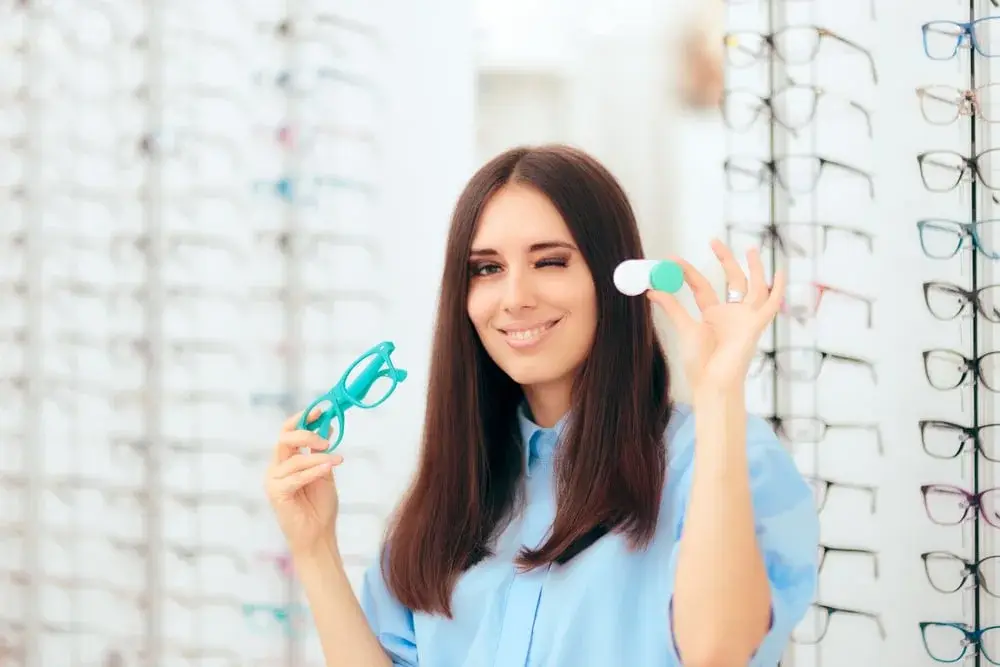Do Glasses and Contacts Have the Same Prescription?
Some people prefer eyeglasses. Others are firm fans of contacts. Many people switch between them depending on the situation and the state of their eyes. If you’re trying to decide which you’d like to go with, it’s only natural to wonder about what goes into getting the right lenses to correct your vision.
Do glasses and contacts have the same prescription? You don’t have to be an ophthalmologist to answer that question. Simply comparing prescriptions for glasses and contacts will do the trick. If you sit the two side by side, you’ll see that a prescription for contact lenses requires additional information, so the two kinds of prescriptions obviously aren’t interchangeable. That makes sense when you consider that glasses sit a short distance in front of the eye while contacts must be fitted to sit directly on the lens of the eye. That fundamental difference has a real impact on your prescription.
Prescriptions for Eyeglasses
When you get a prescription from your eye doctor, it may seem like gibberish, but it actually follows a fairly standard format. MyVision.org offers some helpful insights to assist you in translating your prescription:
- OD. This is an abbreviation for the Latin term oculus dexter, which refers to the right eye. You may also see RE.
- OS. This is the shorthand for oculus sinister, which refers to the left eye. You may also see LE.
- SPH. Sphere is measured in diopters. It’s a measure of the lens power needed to correct vision. Negative numbers correct nearsightedness. Positive numbers correct farsightedness.
- CYL. Cylinder is the lens power used to correct astigmatism. Again, negative numbers correct nearsightedness, positive numbers correct farsightedness, and diopter is the unit of measure.
- Axis. Axis reveals the orientation of any astigmatism, if that is an issue.
- ADD. Addition is used only with bifocals or progressive lenses. It boosts the lens power.
- Prism/base. These are both options to correct for double vision, if it’s needed. Prism is an option measured in diopters. Base designates the direction the thickest part of the lens should face.
- PD. Pupillary distance refers to the distance between your pupils.
Prescriptions for Contacts
Contacts may use many of the same measures, but the fact that they sit so close to the eye means that a few different factors need to be taken into consideration:
- Power. Power is actually the same as sphere in eyeglasses. You may see either power or sphere used to convey the lens power needed to correct your vision.
- BC. The base curve is the curvature of the back of the contact lens. It should be matched to the shape of your cornea.
- DIA. The diameter refers to the size of your contact lens and works with the BC to ensure a proper fitting contact lens.
- Brand. The brand assignment matters because various contact lens brands are made of different materials. That means they fit differently and have different degrees of oxygen permeability. Your eye doctor has written your prescription with your eye health and a particular product in mind.
Are you searching for exemplary eye care in the Springfield, Missouri, area? Trust Heffington’s. Whether you need an eye exam from an expert, top-quality eyeglasses, comfortable contacts, or answers about your optical health, we’re ready to meet all of your vision needs.

